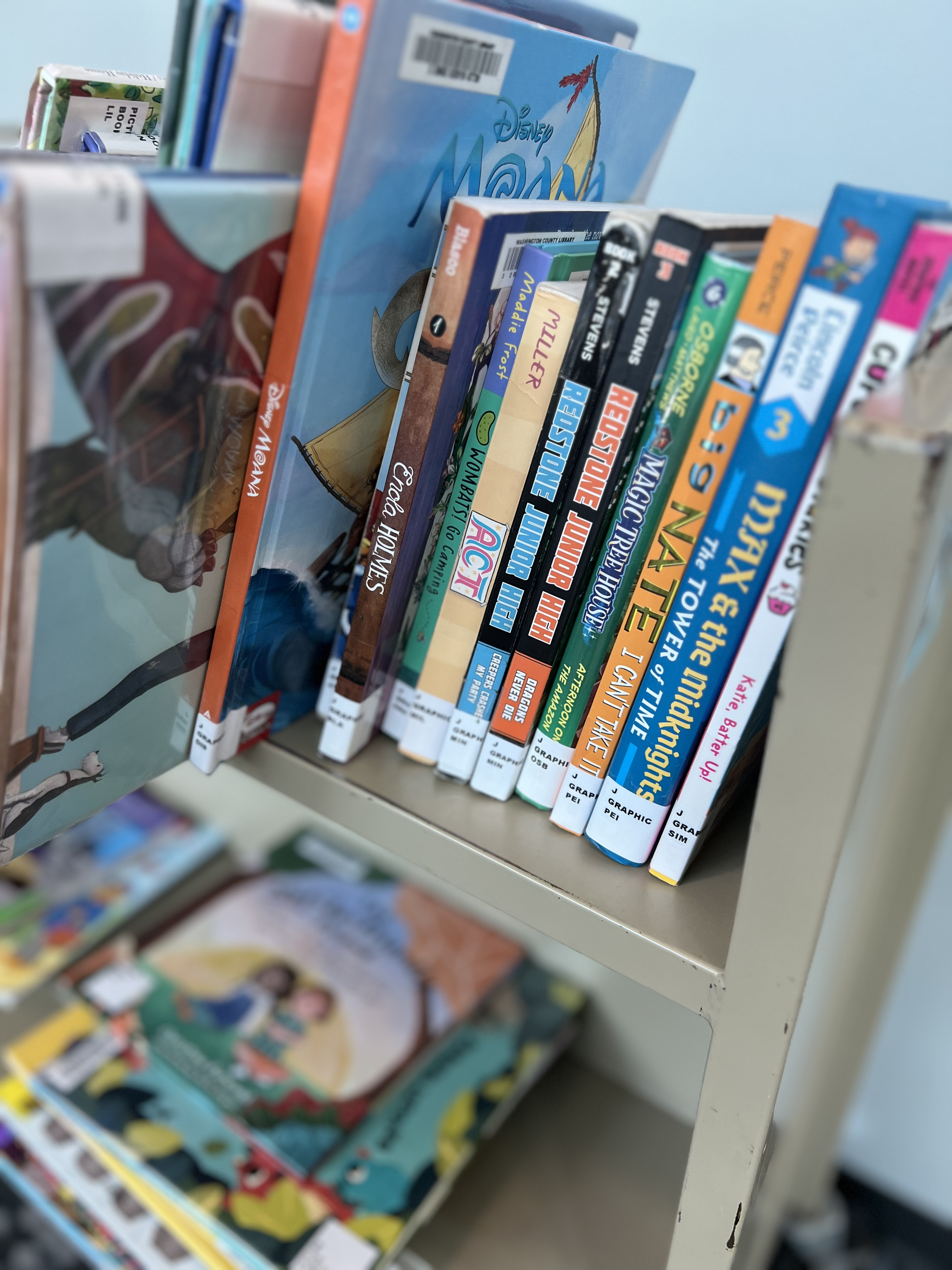The Five Pillars of Fundraising for Libraries
- 4 mins
Fundraising is essential for libraries to thrive and continue providing valuable services to your communities. As library directors, you are acutely aware of the challenges faced in securing adequate funding to support your programs, expand your collections, and maintain your facilities. Yet, the task of fundraising can often seem daunting, especially when balancing it with the daily operations and demands of running a library.
Imagine a library that not only meets the basic needs of its patrons but also continually evolves to offer innovative programs, cutting-edge technology, and enriched learning experiences. Achieving this vision requires a strategic approach to fundraising—one that is built on solid, time-tested principles.
To build a robust fundraising strategy, it's crucial to understand the fundamental pillars that support successful fundraising efforts. These pillars serve as the foundation for all your fundraising activities, guiding you through the process of identifying potential donors, crafting compelling appeals, and fostering lasting relationships. By mastering these key elements, you can transform your fundraising efforts from a series of isolated tasks into a cohesive, effective strategy.
Here, we'll explore the five pillars of fundraising and how they can be applied effectively within the library context. Whether you're looking to enhance existing efforts or launch new initiatives, these pillars will provide the guidance you need to ensure your library remains a vital, vibrant part of your community for years to come.
1. Donor CultivationDonor cultivation is about building and nurturing relationships with potential and existing donors. This process involves:
- Identifying Prospects: Research and identify individuals, organizations, and businesses that have the potential to support your library. In 2022, according to Giving USA, $557 billion was given to charity, 67% of that total was given by individuals. Focusing on individual giving versus corporate giving can be incredibly fruitful.
- Engagement: Engage with your prospects through personalized communication, such as newsletters, events, and one-on-one meetings.
- Stewardship: Show appreciation for their support through thank-you notes, public recognition, and regular updates on how their contributions are making a difference.
You can absolutely host community events, offer behind-the-scenes tours, and create a donor recognition wall within your library to cultivate and maintain strong relationships with your supporters.
2. Case for Support/Case Statement
A compelling case for support is a clear, concise, and persuasive explanation of why your library needs funds and how those funds will be used. It should:
- Highlight Needs: Clearly outline the needs of your library and the community it serves.
- Impact: Describe the positive impact that donations will have on your library's programs, services, and facilities.
- Vision: Share your library's vision for the future and how donors can help achieve it.
Be sure to develop a comprehensive case statement that includes testimonials from patrons, success stories of past projects, and data demonstrating the library's impact on the community.
3. Fundraising Plan
A well-structured fundraising plan outlines your strategies, goals, and timelines. It includes:
- Goals: Set realistic and measurable fundraising goals.
- Strategies: Identify various fundraising methods, such as grants, events, online campaigns, and major gifts.
- Timeline: Create a timeline that outlines key activities, deadlines, and milestones.
Incorporating diverse fundraising activities such as book sales, read-a-thons, grant applications, and online giving campaigns into your plan can help you reach different donor segments and maximize your fundraising potential. However, it's important to remember that hosting more than 2-3 fundraising events per year can lead to diminishing returns. Allocating excessive time and resources to frequent events can detract from more impactful strategies, such as focusing on major gift fundraising, which often yields a higher return on investment.
4. Volunteer Engagement
Volunteers play a vital role in fundraising by providing support, spreading the word, and helping to organize events. To effectively engage volunteers:
- Recruitment: Identify individuals with a passion for your library and a willingness to help.
- Training: Provide training and resources to ensure volunteers are well-prepared and confident in their roles.
- Recognition: Acknowledge and celebrate their contributions regularly.
Creating a volunteer program that includes opportunities for individuals to assist with events, advocate for the library, and participate in fundraising committees is of paramount importance. Don’t forget to regularly recognize their efforts through awards, special events, and public acknowledgments!
5. Communication and Marketing
Effective communication and marketing are crucial to raising awareness and generating support for your library's fundraising initiatives. This pillar involves:
- Branding: Develop a strong brand identity that resonates with your community and reflects your library's values and mission.
- Outreach: Utilize various channels such as social media, email newsletters, press releases, and your library's website to reach potential donors.
- Storytelling: Share compelling stories that highlight the impact of your library's services and the importance of donor support.
Investing in professional marketing materials, maintaining an active social media presence, and regularly updating your community on fundraising progress and success stories is very important to your library’s fundraising strategy. Don’t forget to utilize video content, patron testimonials, and infographics to make your message more engaging and memorable.
By focusing on these five pillars—donor cultivation, case for support, fundraising plan, volunteer engagement, and communication and marketing—libraries can build a strong foundation for successful fundraising efforts. Implementing these strategies will not only help secure the necessary funds but also strengthen the relationship between your library and the community it serves.
Start building your library's fundraising strategy today, and watch as your library thrives and continues to be a vital resource for your community.
And remember, we can support your library in two distinct ways!
- Propelling your fundraising efforts forward in a 16-week program that raises $50,000
- Customizing an fundraising strategy to reach your specific goals by focusing on major gift strategies, volunteer engagement, donor relations, and more!




